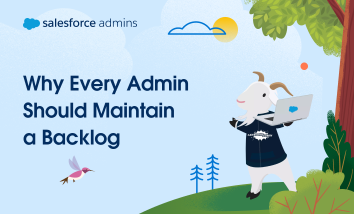Every year, TDX brings together the builders—the admins, developers, architects, IT leaders, and Slack pros who aren’t just imagining the future of work; they’re actively shaping it. And TDX 2026 is already on track to be where the technical content gets sharper, the demos go deeper, and the ideas you hear on stage spark real […]









